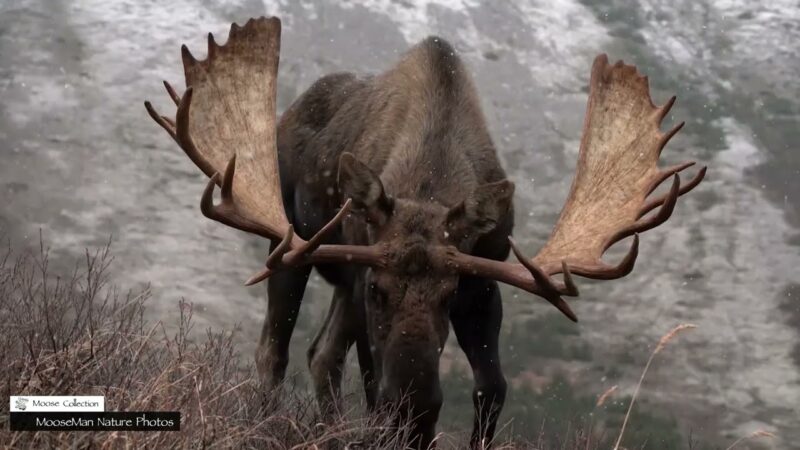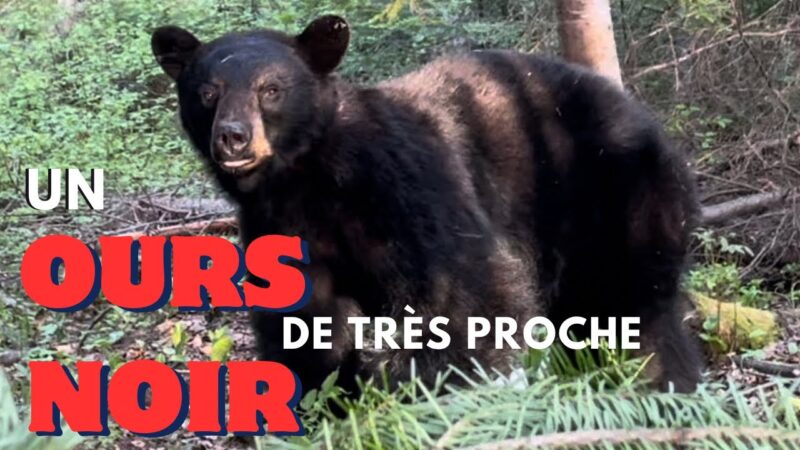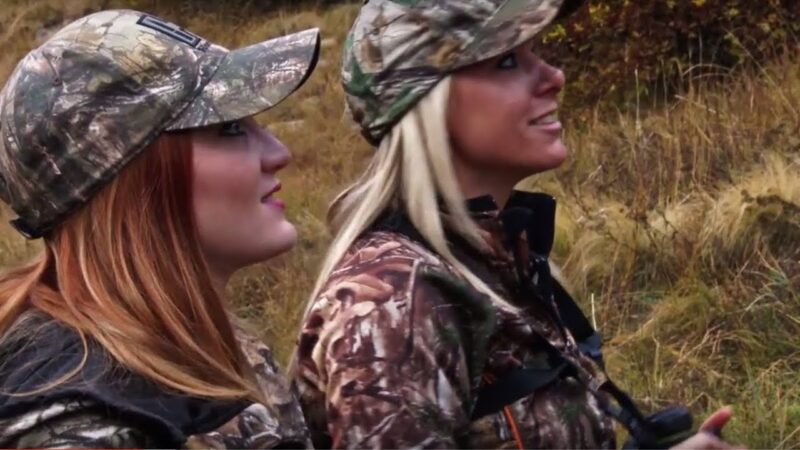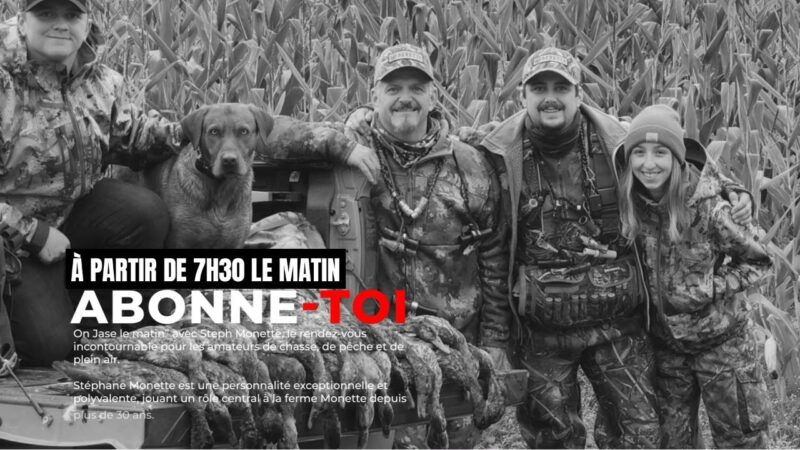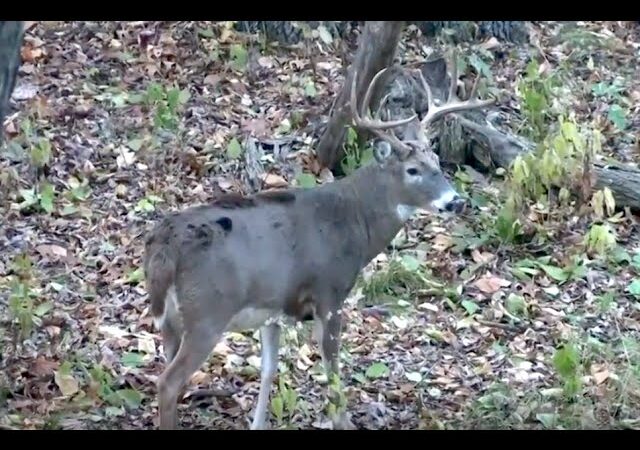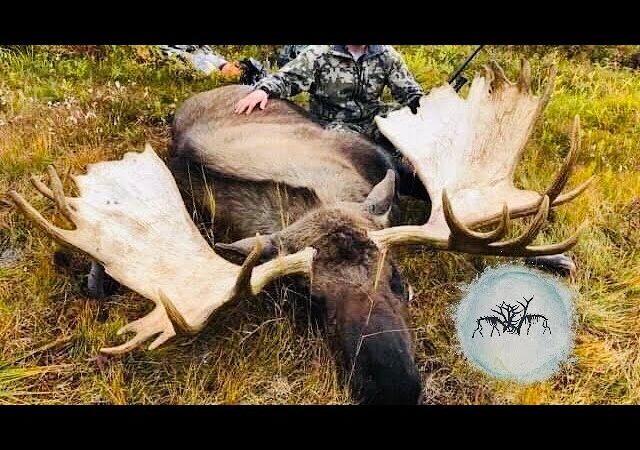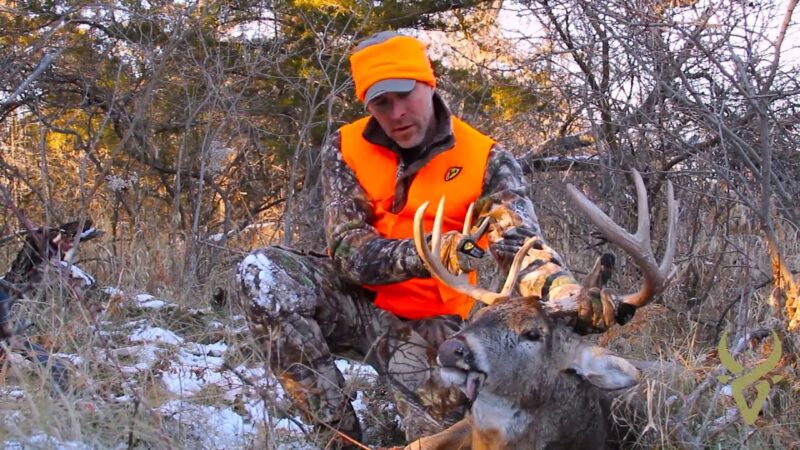Reviews
User Score
Rate This
Descriptions:
How a grizzly cools off in the heat
It may be a large apex predator, but it suffers from the heat just like we do. Here’s how they cool down. Hallo Bay, AK (Sound on: this one’s to music.)
Thanks for watching our channel, we’re the husband/wife team of Rick and Libby Libbey, (Libby squared), New Hampshire (and part-time Alaska) wildlife photographers. It’s our passion to document wildlife of all kinds, but elk are definitely at the top.
In New Hampshire, we spend much of our spring and summer kayaking hours photographing loons and elk in New Hampshire waters. And we hike miles and miles in Alaska in search of all kinds of wildlife in the fall.To find out more about Nikon/Sony equipment, techniques and wildlife, click on the links below.
Canvas, framed and metal prints of our images, as well as merchandising products such as t-shirts, caps, mugs, puzzles, books and more, which you can find on our website. informations:
What is the grizzly bear?
The grizzly bear is a North American subspecies of the brown bear. Grizzlies are generally brown, but their fur can be white or graying, earning them their name. Grizzly bears are protected by law on the continental United States, but not in Alaska, although controversial attempts have been made in recent years to remove these protections.
Diet and behavior
These impressive giants tend to be solitary animals – with the exception of females and their cubs – but they do occasionally congregate. Spectacular gatherings of grizzlies can be seen on Alaska’s main fishing grounds when salmon head upstream to spawn in summer.
At this time of year, dozens of bears may gather to feast on fish, in search of the fat they need to survive the long winter ahead.Brown bears dig dens for winter hibernation, often taking refuge in a suitable-looking hillside. Grizzlies are powerful predators, at the top of the food chain, but their diet consists mainly of nuts, berries, fruits, leaves and roots. Bears also eat other animals, from rodents to moose.Despite their impressive size, grizzlies have been caught running at 30 miles an hour. They can be dangerous to humans, especially if startled or if humans come between a mother and her cubs.HabitatGrizzly bears once lived across much of western North America, and even roamed the Great Plains.
These animals need a lot of space – their home range can extend up to 600 square miles – and their ideal habitat is therefore a place isolated from any development, with plenty of food and places to dig their dens.Although European colonization gradually eliminated the bears of much of their original habitat, grizzly populations can still be found in parts of Wyoming, Montana, Idaho and Washington. They are one of Yellowstone National Park ‘s most iconic residents.
Many grizzlies still roam the wilds of Canada and Alaska, where hunters take them for trophies.Threats to survivalAtits peak, the grizzly population numbered over 50,000 individuals. But these numbers dropped dramatically as westward expansion placed towns and villages in the middle of grizzly habitat. Aggressive hunting in the early 20th century also threatened the grizzly’s survival. By the 1920s and 1930s, these bears had been reduced to less than 2% of their historic range.
In the 1960s, it was estimated that only 600 to 800 remained in the wild. In 1975, grizzlies were listed as threatened under the U.S. Endangered Species Act.ConservationToday, grizzlies are considered a conservation success story.
Since they have been protected under the U.S. Endangered Species Act, the grizzly population has increased. The U.S. Fish and Wildlife Service has established bear recovery zones and is working to improve human-bear relations by raising public awareness of these animals and establishing reimbursement programs for bear kills.







